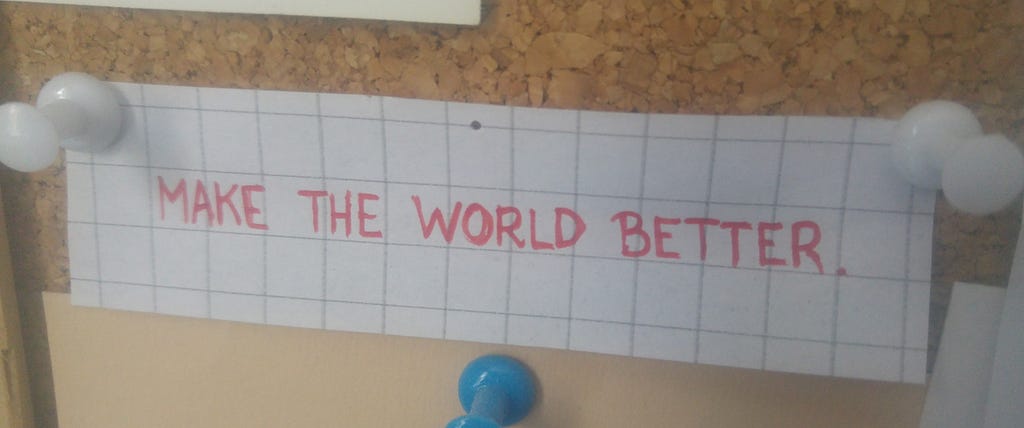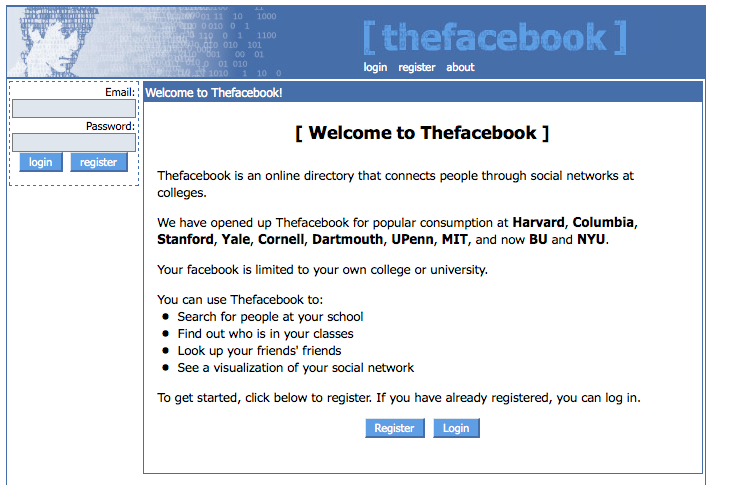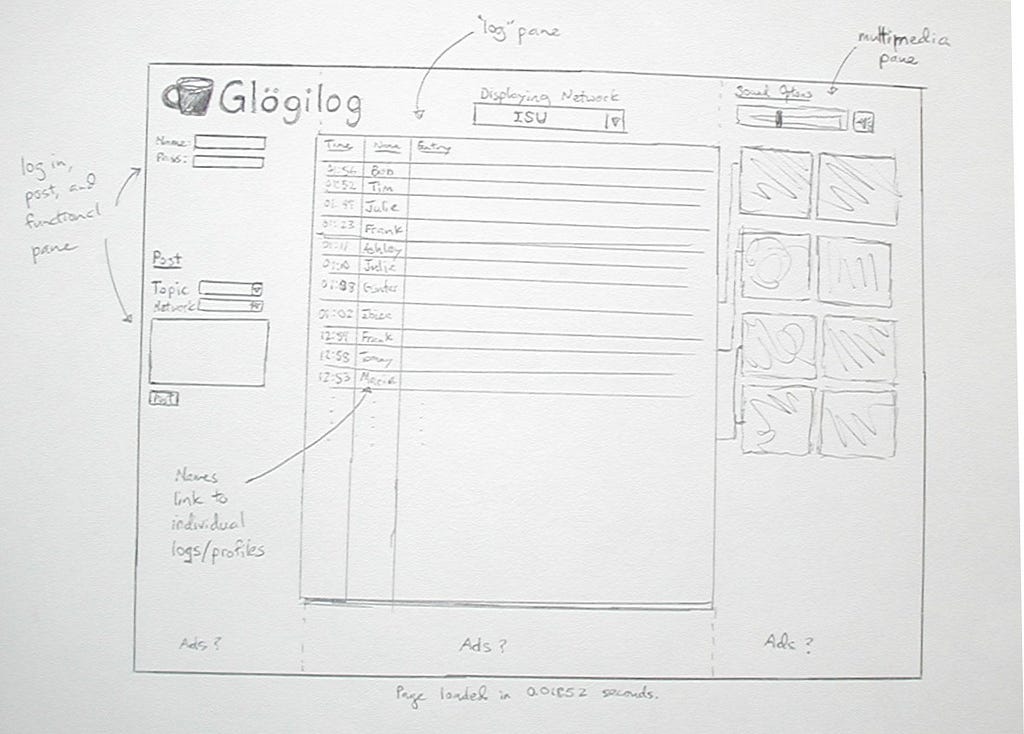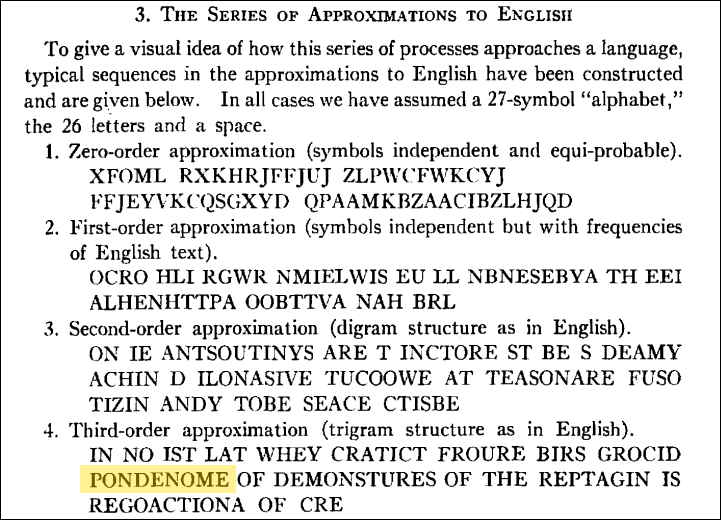Latest news about Bitcoin and all cryptocurrencies. Your daily crypto news habit.
When I tell my friends and family that I am working on a social network to replace Facebook, the most common response I get is: “Oh, well, that’s modest!” It’s definitely not a modest goal, but I believe this is what is needed in the world today. And it’s one thing I actually know how to do to, which I believe will help make the world better. How can I not try?
 Note written to myself on the bulletin board by my desk. (CC BY-SA Robert Guinness)
Note written to myself on the bulletin board by my desk. (CC BY-SA Robert Guinness)
Let me give you a bit of background. I became a Facebook user sometime in the spring of 2004 when it was still in its early days. At the time, I was Facebook’s biggest fan. Well, one of its biggest fans, at least. Actually, before I could even join, I emailed Zuckerberg and asked him what I could do to help bring a Facebook site to my university (in those days, there was a separate Facebook site for each university).
 Facebook looked something like this when I joined in spring 2004. (Source: TechInsert)
Facebook looked something like this when I joined in spring 2004. (Source: TechInsert)
By today’s standards, Facebook wasn’t that complicated in the spring of 2004. But it was, by far, the best social network in existence at the time. It filled a need, and it did it well. So it quickly blossomed, and now it is not an exaggeration to say it took over the world.
Sometime in early 2007 though, I started to realize that there was something wrong with Facebook. It was making millions of dollars by selling the content/data that other people create. I decided to do try to do something about this inequity; I started working on a new kind of social network that would be more equitable towards its users.
 An early sketch from one of my earlier attempts to create a social network (© 2007 Robert Guinness).
An early sketch from one of my earlier attempts to create a social network (© 2007 Robert Guinness).
The only problem was I wasn’t very good at programming. Certainly, I dabbled, but I really couldn’t have been considered a professional programmer. So things went slowly, and eventually I abandoned the project and just focused on my day job. (I was working at NASA at the time, so this wasn’t such a terrible disappointment.)
In late 2009, I moved to Finland and got a new job at a university. There I had the opportunity to get more serious about programming, teaching myself Ruby and Java in my spare time. I had a brief stint as an entrepreneur, which resulted in my first issued patent, but I didn’t continue the project when I decided to start my PhD studies in computer science in 2011.
In 2015, I started getting involved with a movement that started in Finland, now known as the MyData movement. In 2016, I attended the first MyData Conference, where among many amazing talks, I heard Peter Vander Auwera’s inspiring presentation, titled The Illusion of Agency. After that presentation, I decided I could no longer be a part of Facebook. I decided to make one last post, and then be done with it.
Fast forward to 2018. The old issues with Facebook have not gotten any better. In fact, they’ve only gotten worse. In contrast to 2007, however, I’m a much better programmer. Not only that, thanks for the amazingness of open-source software, it is actually much easier to create a social network in 2018 than it was in 2007. As you will read below, however, I’m not aiming to create just another social network. I want to create something entirely new.
Don’t get me wrong. There are challenges.
Probably the first criticism that I will receive is, “If it’s so easy, why has no one else done it?” This is a valid point. Social networks like Facebook are difficult to dethrone because of the so-called network effect. There is a strong incentive for people to stay with their current social network because that is where all their friends are. It takes a lot of effort to try to convince all your friends to switch to a new one.
Nonetheless, my answer to this criticism is that, in fact, people have made wildly successful new social networks in recent years. Look at Instagram, which was founded in 2010, and Snapchat, which was founded in 2011. As many readers will know, Instagram was acquired by Facebook in March 2012 for $1 billion. Snapchat remains independent, and since March 2017 it is a publicly-traded company.
So these examples alone show that it is possible. Of course, Facebook is still alive and kicking. But recent news and events show that their continued dominance should not be taken for granted.
Introducing Pondenome
The social network I am creating is called Pondenome. The name is a reference to the father of information theory, Claude Shannon, who is one of my scientific heroes. In his 1948 article “A Mathematical Theory of Communication,” he described a method for generating sentences that “approximate” a human language (in this case, English). One of these made-up sentences contained the made-up word pondenome. For some reason, it just stuck with me as a nice name for what I want to achieve. And since it is a made-up word, I can choose what it means.
 Excerpt from “A Mathematical Theory of Communication” by Claude Shannon (Source: IEEE). (Note: Highlight added by me.)End-to-end Encryption (E2EE)
Excerpt from “A Mathematical Theory of Communication” by Claude Shannon (Source: IEEE). (Note: Highlight added by me.)End-to-end Encryption (E2EE)
The name also hints at one of the defining features of the social network I want to create. Shannon was an early pioneer in modern encryption techniques. Pondenome will be, I hope, the world’s first end-to-end encrypted (E2EE) social network. (While there is one site on the internet claiming to be the “[f]irst social network with end to end encryption,” apparently this means only that the chat functionality has E2EE.)
What is end-to-end encryption? In short, it means that messages and other content are encrypted locally on a sender’s device and can only be decrypted on the intended recipient’s device. In the context of social media, each message will be sent to multiple recipients’ devices, which presents an engineering challenge, but not an insurmountable one.
Open Source to Build Trust and Maintain Excellence
In addition to E2EE, all client applications for Pondenome will be open-source. Not only am I a huge fan of open source (living in Finland has that effect), I have come to believe that there is no way to guarantee privacy for users without being open-source.
Without open source code, users of digital services just have to trust the service providers that they are disclosing all the data that they are collecting, and we all know that companies can be unscrupulous. Open source allows experts to verify that a provider is doing what they say they’re doing and not collecting any extra data “under the hood.”
Another benefit of open source is that a wider audience of security researchers can identify potential security flaws. Even the best software written by the best engineers can sometimes have security flaws. Hiding being closed-source does not really protect users; it just ups the ante for whenever the flaws will be discovered. Open source is the best way to ensure the highest possible level of security.
Simple Algorithms to Display Content
Apart from the privacy issues, one of my biggest beefs with current social networks (all of them, as far as I can tell) is that they are not really an effective means of communication with friends and family. One of the basic requirements of any communication system, in my opinion, is that when you use it, you should have a reasonable expectation that the message reaches the intended recipient(s). When was the last time you posted a message on Facebook and Twitter and felt confident that all your friends/followers actually saw the post?
Of course, these social networks are trying to solve a problem of information overflow, where they assume that showing every post from every friend will overload the users. So they use complicated (and opaque) algorithms to decide for you which posts are worthy of your attention. In my opinion, this is a fundamental flaw of most social networks.
In contrast, Pondenome will use simple and transparent “algorithms” for displaying content to its users, and it will also provide feedback to the posting user as to whether or not their posts were actually displayed to all their friends. We believe we have come up with novel methods to help users deal with potential information overload. Also, because of its open-source nature, developers will be free to make their own client apps that perform different kinds of filtering, provided they also release the source code of those apps.
No targeted advertisements and possibility to completely opt out
Pondenome will also have a very simple business model, which is often called freemium. We fundamentally believe that targeted advertising is incompatible with our notion of privacy. Targeted advertising will always leak information about you to advertisers, and the ad-blocker vs. platform war is not something we want to engage in. Free accounts on Pondenome will be “paid for” by traditional advertising (think radio/TV). We won’t allow targeting of ads beyond the level of country/language (to ensure ads are in a suitable language). This model has worked fine for radio and TV for nearly 100 years now, so we believe it will provide enough income to operate Pondenome, too.
In addition, users who prefer to enjoy an ad-free Pondenome experience can purchase a premium account for a nominal monthly or annual fee. The exact pricing is still to-be-determined, but I anticipate it will be significantly cheaper than something like Spotify Premium or Netflix.
How can I get involved?
At present, we need a lot of help from people who share our vision. We are looking for developers, designers, and other talented people to help in the design and implementation. We also really would appreciate help in spreading the word. You can follow us on Twitter. You can, of course, share this article. If you are a journalist (or are friends with one), please get in touch.
Last but not least, we will soon be launching a crowdfunding campaign on Indiegogo. If you want to be notified when the campaign begins, leave your email address on our pre-launch page, and I’ll send you a message when it begins. I will only use your email address for this purpose.
Thanks for reading, and I hope you will be among Pondenome’s biggest fans for many years to come.
I am creating a social network to replace Facebook was originally published in Hacker Noon on Medium, where people are continuing the conversation by highlighting and responding to this story.
Disclaimer
The views and opinions expressed in this article are solely those of the authors and do not reflect the views of Bitcoin Insider. Every investment and trading move involves risk - this is especially true for cryptocurrencies given their volatility. We strongly advise our readers to conduct their own research when making a decision.